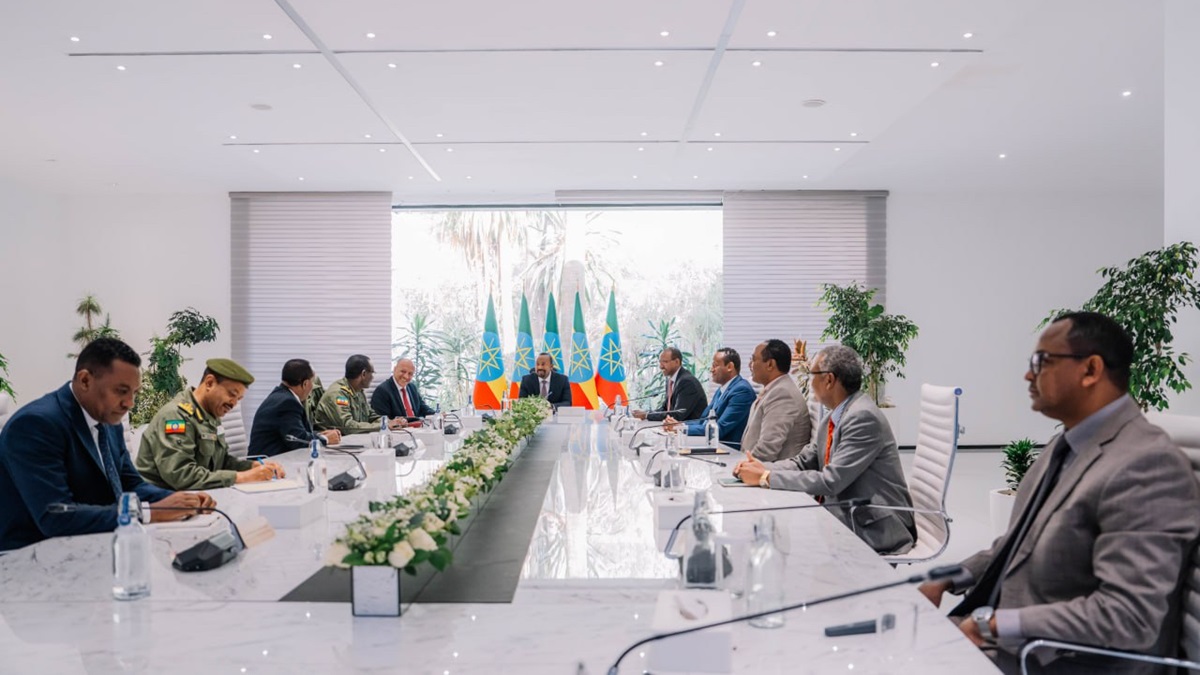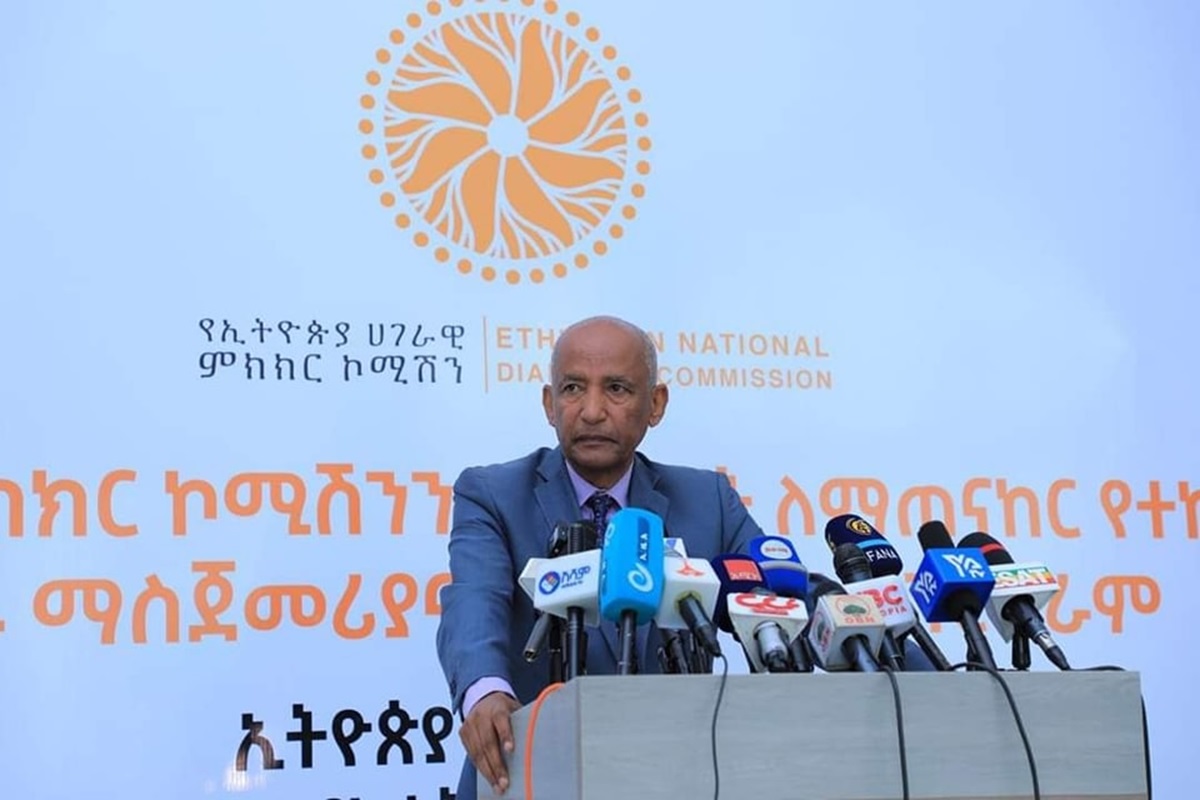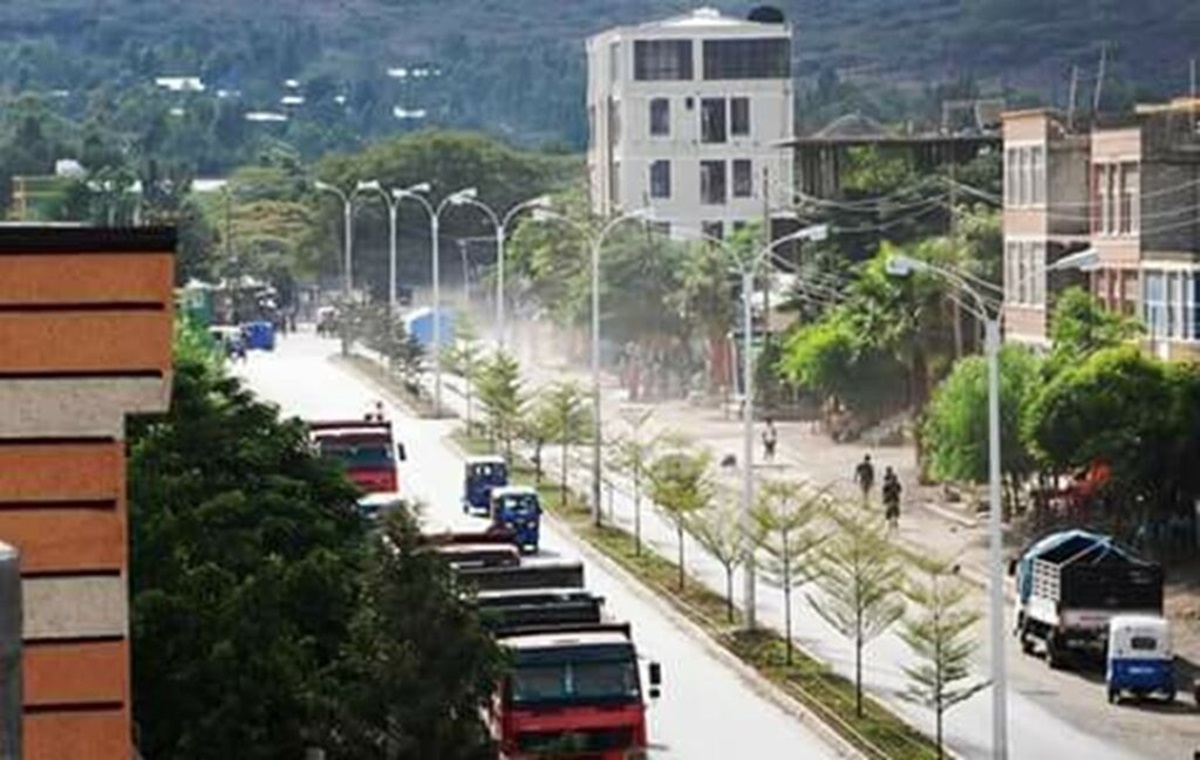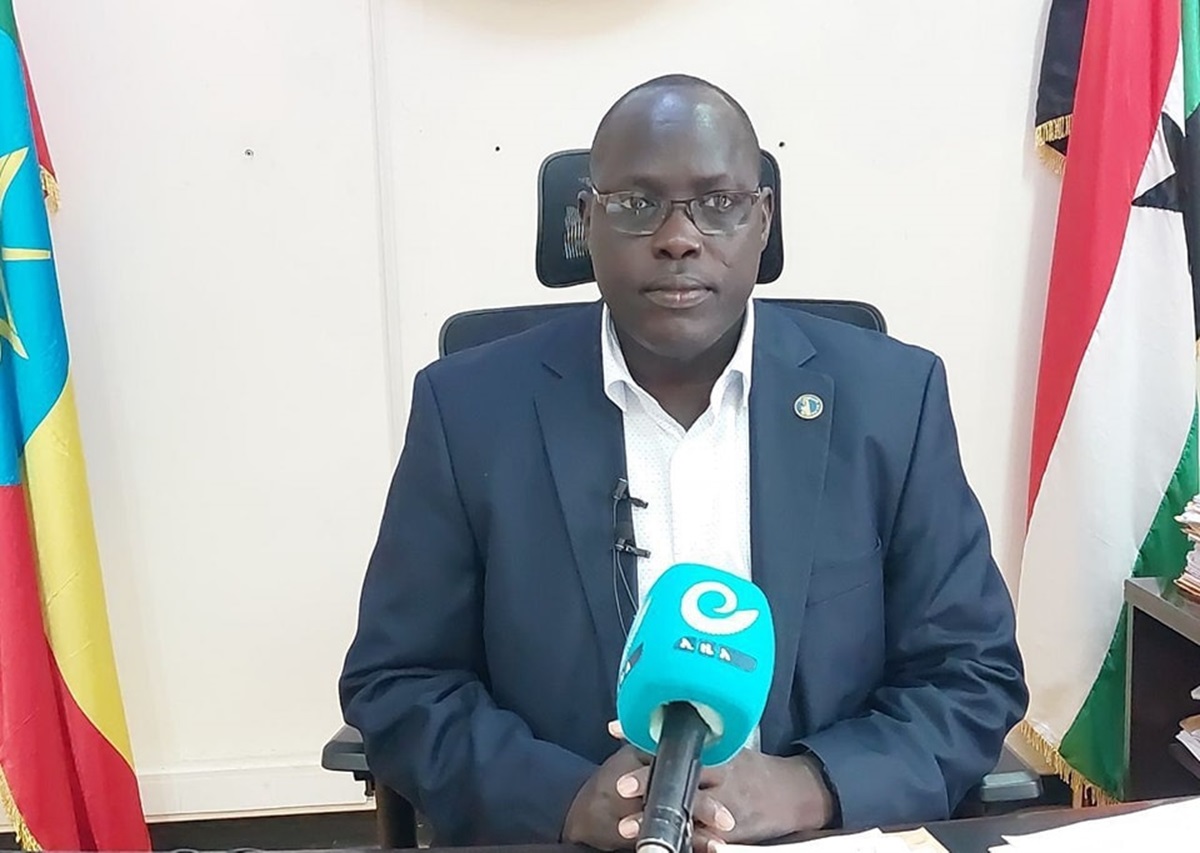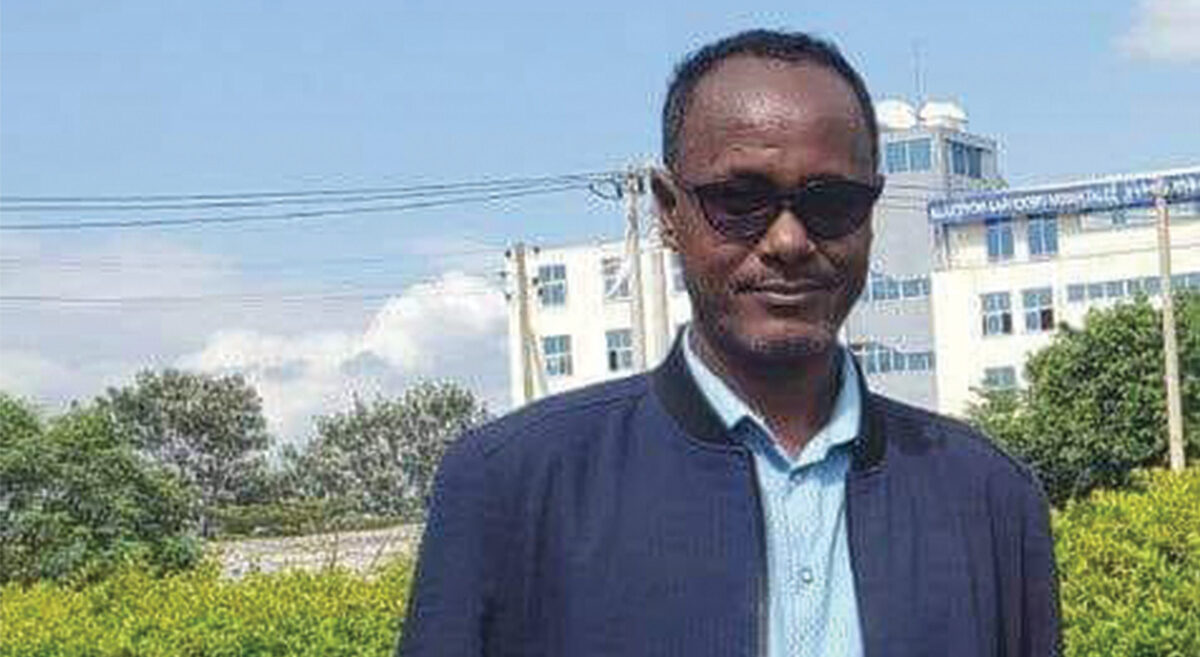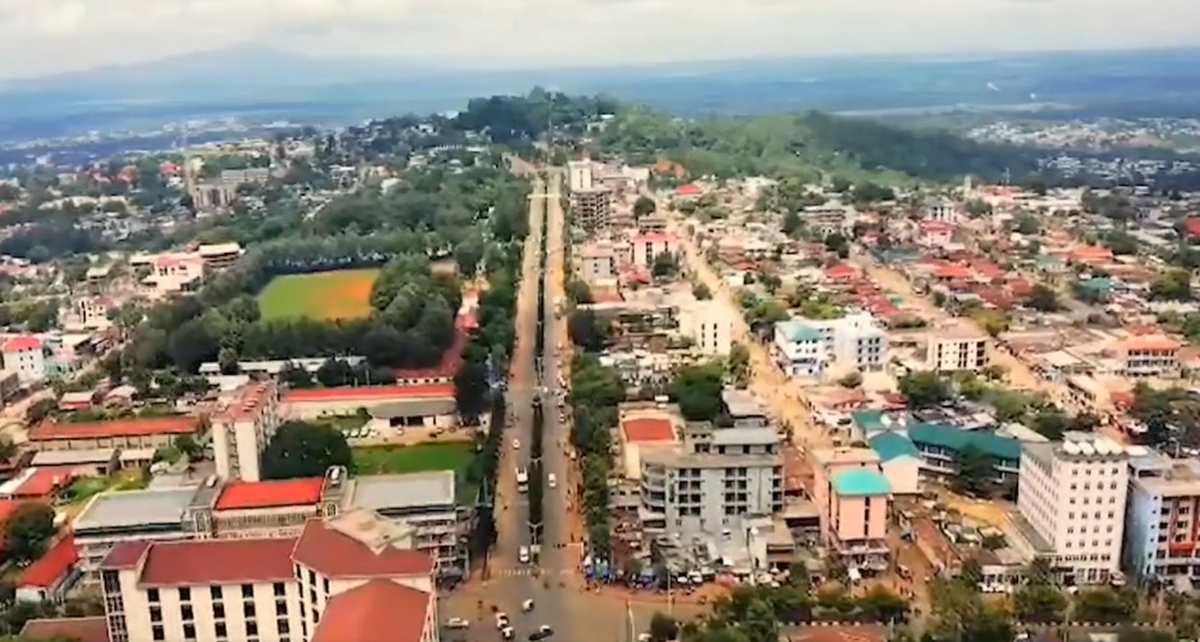
By Faisal Roble @faisalroble19
Addis Abeba – As the African Union holds its 37th session in Addis Ababa, one cannot avoid but reflect the entity’s mission that it seeks to achieve an ‘integrated, prosperous, and peaceful Africa.” Let us see how these values fare well in the Horn of Africa region. At least the three largest states of Sudan, Ethiopia, Somalia, are not faring well since prosperity and stability is nowhere to be found.
The region is beset by multifaceted conflicts and recurrent famines. As such, the last thing the region needs is another inter-state war. Unfortunately, both Sudan and Ethiopia are waging their own internal wars and a possible new conflict is looming large between Addis Ababa and Mogadishu over an illegal Memorandum of Understanding (MoU) Abiy Ahmed’s Prosperity Party (PP) signed with the Somaliland region of Somalia.
In Sudan, the conflict between the Sudan Armed Forces (SAR) and the powerful paramilitary armed group of Rapid Support Forces (RSF) has devastated the country’s governance and infrastructure to a degree of no return. If the war continues, argues Alex De Waal, the country would collapse. Yet, such a serious problem is not prioritized at the 37th AU summit.
The cost of the war thus far is prohibitive. In 2023, about 5.9 million of Sudan’s 45 million population are internally displaced; another 1.4 million have fled as refugees, with 25 million people in need of humanitarian assistance, with a looming food crisis and risk of famine.
Ethiopia does not fare better. According to OCHA figures, over 20 million people are food insecure and another 4.4 million are either under famine conditions or severely starving. In Tigray, about 400 Ethiopians have already died from famine, and early signs of famine can be seen in many districts of the region.
In the Oromia region, a war whose end is not in sight brought the region’s otherwise thriving farming to a halt, where millions live on USAID supplied grains. If this condition is left unchecked, a similar famine as seen elsewhere is possible to hit Oromia.
The possibility of yet a potential conflict coming from Addis Ababa against Mogadishu is in the making; A case in point is the MoU which Prime Minister Abiy’s government signed with the Somaliland region of Somalia.”
The Amhara region is plagued by the twin evils of lack of fertilizers (no farming) and a new widespread atrocity carried out by the government, including soldiers going into houses targeting civilians. So far, the Ethiopian Human Rights Council put “the total death toll at more than 80 civilians,” prompting stern criticism from the US government.
The specter of the return of major famine in Tigray is on the horizon despite the federal government’s denial of any famine in that region. Such a difference of opinion on the suffering of the Tigray people is a source of friction between the two. Add to this the suspicion by the Regional administration of Tigray that the federal government lacks commitment to the Pretoria Agreement, and the looming conflict over Western Tigray region now administered by Amhara forces, and one can easily come to the conclusion that sustainable peace is not yet in the offing.
Somalis are recovering from a serious state collapse. In the last few years, it has registered some tangible success in the war against al-Shabab, successful completion of the debt relief process , joining the East African Community, and the lifting of the UN arms embargo.
All these gains could be absent by Prime Minister Abiy’s resolve to pick a new fight and inflame potential conflicts with his neighbors by demanding sea access by negotiation or by force. The possibility of yet a potential conflict coming from Addis Ababa against Mogadishu is in the making; A case in point is the MoU which Prime Minister Abiy’s government signed with the Somaliland region of Somalia.
Both the tone of seeking access to the sea and method Addis Ababa says it will achieve its goal are increasing insecurity in the region.
In a nationally televised speech to his parliament in October, 2023, the Premier said Ethiopia needs to “possess a harbor, if not its 120 plus million people may remain in trouble due to highly volatile Red Sea geopolitics.” In the speech, he firmly underscored his intent to have access to the “historical Red Sea and own a port there” (see video here).
Consequently, on January 1, 2024, Prime Minister Abiy shocked the world with a press conference in Addis Ababa to sign what he termed MOU with Muse Bihi. Muse Bihi is, according to the Somali Federal Government’s constitution, a regional president with limited constitutional powers. In that context, Somalia says, the MOU is null and void. On January 6, 2024, President Hassan Sheikh Mohmoud signed a law nullifying the tortured MoU.
At the press conference, Muse Bihi of Somaliland said that he was authorizing to give Ethiopia only a 20 KM stretch of the Red Sea for Ethiopia to use as a naval base. In exchange, he added, Ethiopia will recognize the Somaliland region as an independent country.
About 45 days after signing the MoU, no one has seen the details so far. But there are a lot of contradictory statements so far issued by both Addis Ababa and Hargeisa. Addis Ababa says it has secured the rights of a port, a coastal strip of 20 KM, and a naval base on the Red Sea and the issue of recognition is yet to be studied. The location of the access is not yet clear.
Muse Bihi disagrees with Abiy Ahmed. In a televised intervew, Bihi says that there is no new port Somaliland is giving to Ethiopia. There is Berbera port which is open to their commercial interests. In addition, says the beleaguered Bihi, there is no military base whatsoever promised to Ethiopia in Somaliland.
Despite contradictory statements, no one has seen a detailed document that can be called a Memorandum of Understanding between the two sides. Nonetheless, members of Somaliland Parliament who represent the two districts of Awdel and Salaal which house Zila and Bulahar, respectively vehemently opposed any deal with Ethiopia in its current form.
Somalia has successfully appealed to regional and global organizations and bilateral countries all of which stood on the side of affriming Somalia’s sovereignty. The UN , The Arab League, AU and IGAD released statements supporting Somalia’s position. Moreover, “China, the UK, and the US—as well as the EU have affirmed the importance of respecting the sovereignty and territorial integrity of Somalia.
In this drawback, the region has to find a way out of the current crisis in that:
- The Sudan conflict must be stopped with the National government of Sudan and its state being preserved.
- Ethiopia needs to unconditionally stop the wars with its people, be accountable to the human rights violations it commits with impunity, and carry out a viable transitional justice, one of which includes implementing the Pretoria Agreement in its entirety within its capacity.
- Prime Minister Abiy Ahmed’s obsession with accessing the Red Seas, trying to annex parts of Somalia is the least visible alternative. That alternative risks an open war between the sides. If that happens, AU’s 37th session theme of “promoting education” would rather turn into conscription of the youth of the two countries for a devastating war. In the past, Ethiopia and Somalia fought three wars (1964, 1977, and 2006). A fourth war is the least desired development in the region.
Editor’s Note: Faisal Roble, the former editor of Wardheer News portal is Principal City Planner and CEO for Racial Justice & Equity for the Planning Department, Los Angeles City. He tweets at @faisalroble19.


